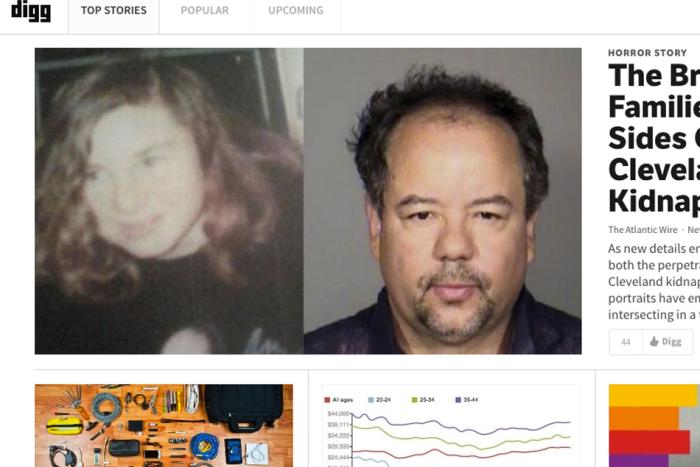Gilbert Hernandez’s graphic semi-memoir Marble Season establishes a mood, a pace, a landscape, an era and a focal point with its very first image: a young boy wandering past new ranch houses and vintage telephone poles, the sky above suggesting clouds by their absence, the pamphlet captivating him semiotically labeled “COMICS.” The setting is an unnamed, racially mixed American suburb of the 1960s (kind of like Oxnard, California, where Hernandez grew up) and the child Huey is a Chicano pulp obsessive (kind of like Hernandez). Our Greek chorus might be the young woman sashaying around in cat’s-eye glasses, or more specifically her radio: “You can’t hurry love / No, you just have to wait…”
Los Bros Hernandez, Gilbert and Jaime, have now been drawing the foundational alternative-comics series Love & Rockets for over thirty years. They’re complementary rather than collaborators. Jaime seems to overshadow his older at times, because the latter’s line is rougher, less immediate in its stylishness, as discursive as his stories. (For someone who so often writes about punks or ex-punks, Jaime Hernandez is a factory of beautiful compositions, and people.) But Beto’s relative lack of devotion to his central characters allows for all kinds of startling experiments. His bibliography includes both a sweetly filthy porn comic (Birdland, where everybody exchanges genders midway through) and an all-ages series starring an intergalactic girl group (Yeah!, written by Peter Bagge). Marble Season veers in yet another direction: it’s a book about children, immersed in the rhythms of childhood, filtered through adult perspectives.
There’s not much of a plot, quite by design. Huey plays marbles, concocts imaginatively disorganized games, describes Silver Age comics to his little brother, struggles to comprehend the tentative crushes older kids have begun nursing. Friendships are mercurial, deepening or parting for obscure reasons, although fights never seem to end them. Hernandez renders the distantly familiar haze with formal rigour: every single page beyond that first one is an identical six-panel grid, and their backgrounds, clean, airy, and indistinct, resemble the ominous un-places from his other recent work, yet now they feel open instead of alienating. Walking through one of these environments, Huey tells his friend Patty: “I hate overcast days. It’s like the end of the world or something.”
In Marble Season, adults exist at one remove, just beyond the frame’s edge. Ascribe to that the absence of several Beto tropes: sudden violence, horrifying yet deadpan; the women with names and proportions like Russ Meyer protagonists, “furiously sexy women,” in Angela Carter’s words, “who might have come undulating straight out of the crudest kind of male fantasy if they didn't pack such big punches.” (Sexuality suffuses most of his major characters, in the sense that it’s a defining aspect of their personalities, and also in that, looking at them, one understands why.) But Hernandez also has a master formalist’s command of time – the story “Love & Rockets X” famously ends with sixty-ish panels depicting sixty-ish difference scenes – which he uses here to evoke childhood’s unhurried, ever-shifting present. In Marble Season, it always seems to be a sunny mid-afternoon.
One sequence sticking with me: the tomboy Lana Diaz, teasing Huey’s older brother Junior, realizes that her oblique target might be sweet on “a super stuck up white girl.” They argue about it, the lines around them quavering. She picks up her omnipresent baseball bat and smashes until it resembles an abstracted comet. The next time we see Lana, she’s wearing an immaculate party dress. It’s a sad, pained moment, the kind where you can’t tell what it will eventually be felt as, a trauma or a faint-smiling joke. But her elliptical reasoning was only holding to the peculiar logic of childhood, and of Marble Season.
Gilbert Hernandez is a featured guest at the Toronto Comic Arts Festival, taking place at the Toronto Reference Library from May 11th to 12th. Check back for more TCAF coverage.





